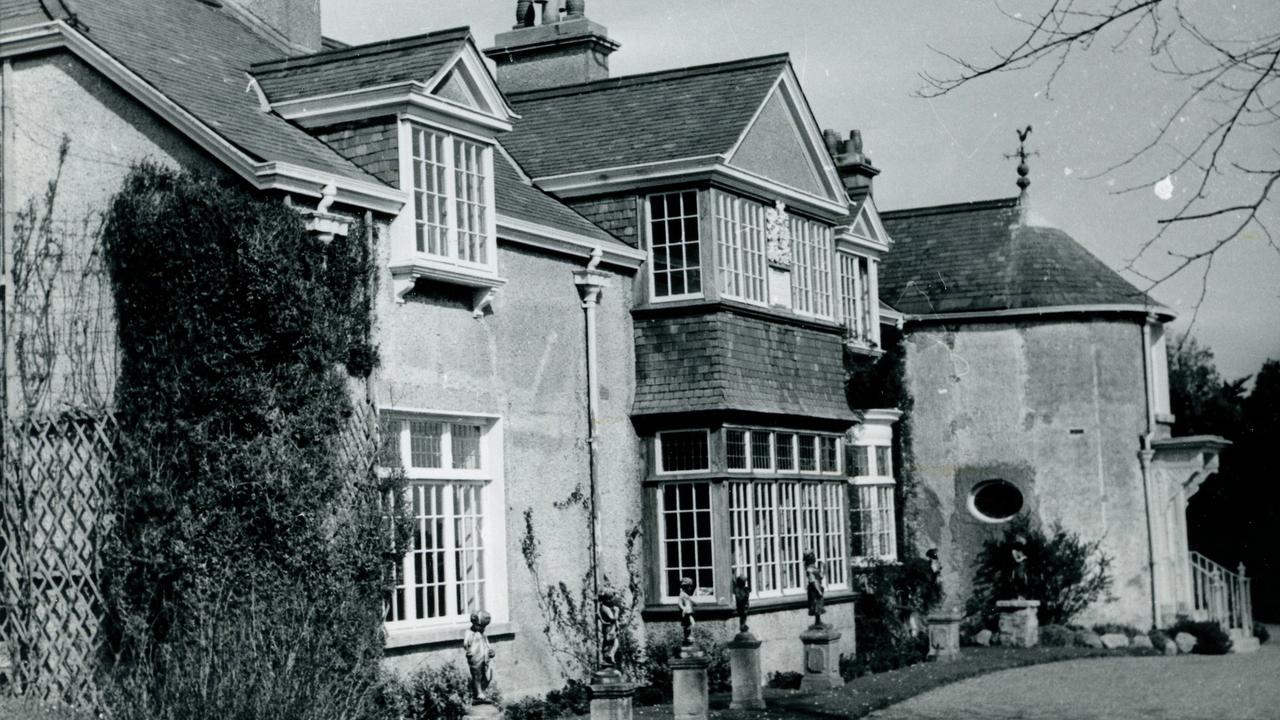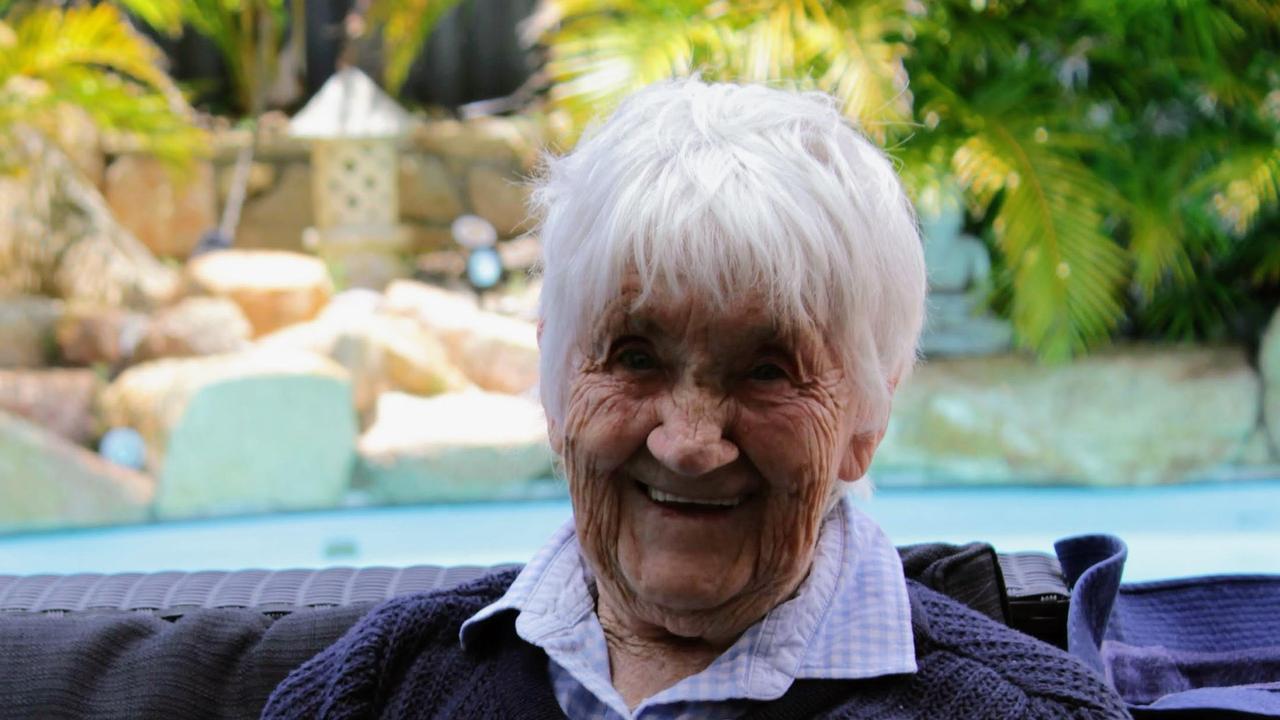Quartet of voices raises the spectre of angels and demons
HENRY James's The Turn of the Screw is the creepiest ghost story in the language: a tale of such poised ambiguity that critics still argue its meaning.
HENRY James's The Turn of the Screw is the creepiest ghost story in the language: a tale of such poised ambiguity that critics have spent the century since publication arguing about what actually happens in its pages.
Was the young governess, sent to a country house to care for two parentless children -- one of whom later dies in her care -- a hysteric? Or were her wards really being groomed by malign spectral presences, to unspeakable ends?
James makes our confusion plausible by severely limiting the reader's point of view. We have only one narrator: the governess, and she is a woman whose reliability is constantly in question. She may be, as James later suggested, an accurate recorder of events; but if she is mad then her account is merely a crystalline rendering of her own, altered state and not objective reality.
Angelica, the fifth novel by Arthur Phillips -- a young American novelist of considerable talent and range -- approaches Turn of the Screw from the opposite direction. Here, once again, we have a ghost story set in Victorian England, and a child who may or may not be haunted by a demonic presence. However this time round we have multiple perspectives. Ambiguity is generated not by a paucity of information but by a series of overlapping and contradictory accounts of the same events.
Constance, mother of the child, gets first bite of the narrative apple. She was a beautiful young shop-girl of modest birth who caught the eye of an older man, a bachelor and a medical practitioner who had spent some years in the army. When we first meet her they have already been married for some time. She has one child, Angelica, but has lost three more in her attempts to provide a family for her husband, Joseph.
From her perspective, things have come to a head at home. Her husband, a cold and occasionally cruel man who is nonetheless capable of hot animal appetites, has banished their sickly daughter from a cot in their bedroom to a nursery on the floor below. Constance realises their conjugal relations are set to resume after a long hiatus, and she is only too aware that another pregnancy may well kill her.
It is not long before Angelica's moods become troubling. Her sleep is interrupted, and she speaks of strange nightly visitors. Constance takes to keeping watch over her daughter at night, further straining relations with her husband. Matters become openly sinister when Joseph forcefully reinstitutes sexual intimacy: their daughter appears to suffer a ghostly version of those same violations.
The novel's setting only heightens the queasy and claustrophobic nature of events. Readers intuit some foggily indistinct part of London, and witness a house cluttered with dark furniture and heavy brocade. Both husband and wife are cut off from wider social networks: Constance, because of her social background; and Joseph, because of his half-Italian birth. Even if they did have confidantes it would hardly help, so firmly is each wrapped in the formality and reticence of the era.
Phillips deftly conjures this world, a place where impeccable children play hoops in the same manicured parks that are nightly haunted by drunks and prostitutes. He touches lightly on the psychic base-notes of the time, from newspaper accounts of massacres of women and children by natives in some benighted corner of the Empire to the horrors of animal vivisection. Ostensibly benign accounts of popular entertainments such as boxing and theatre work like sub-titles to the narrative, announcing the casual brutality and barely obscured sexuality that shadow rigid Victorian proprieties.
But the real technical achievement here is the gospel-like division of the narrative. Just as Constance's account reaches its absolute pitch, it ceases, only to be revisited from the beginning. First the story is retold by Anne Montague, the former actress and spiritualist who comes to Constance's aid; then by Joseph Barton, the husband; and finally by their now-adult daughter, Angelica. Each offers different emphases and completes more of the puzzle surrounding events.
Phillips has perhaps been too clever in bringing us to this point. He knows maternal superiority is the oldest and strongest of our biological fictions, and that we are more likely to trust a mother's account over any other. Moreover the ghost story she tells is riveting and even plausible. Yet filtering the truth through so many competing voices threatens to over-complicate the original narrative. As Angelica later admits, these accounts may be "too complex to produce a comprehensible picture".
Still, it is this complexity that preserves crucial ambiguity. And none of it seriously detracts from the distinct register Phillips has chosen for his prose, a style that holds its full intensity in careful reserve. Most importantly, nothing distracts us from the genuinely chilling aspects of Constance's tale. The author has honoured James's definition of a proper ghost story, "the strange and sinister embroidered on the very type of the normal and easy". He has once again "roused our dear old sacred terror".
Geordie Williamson is The Australian's chief literary critic.



